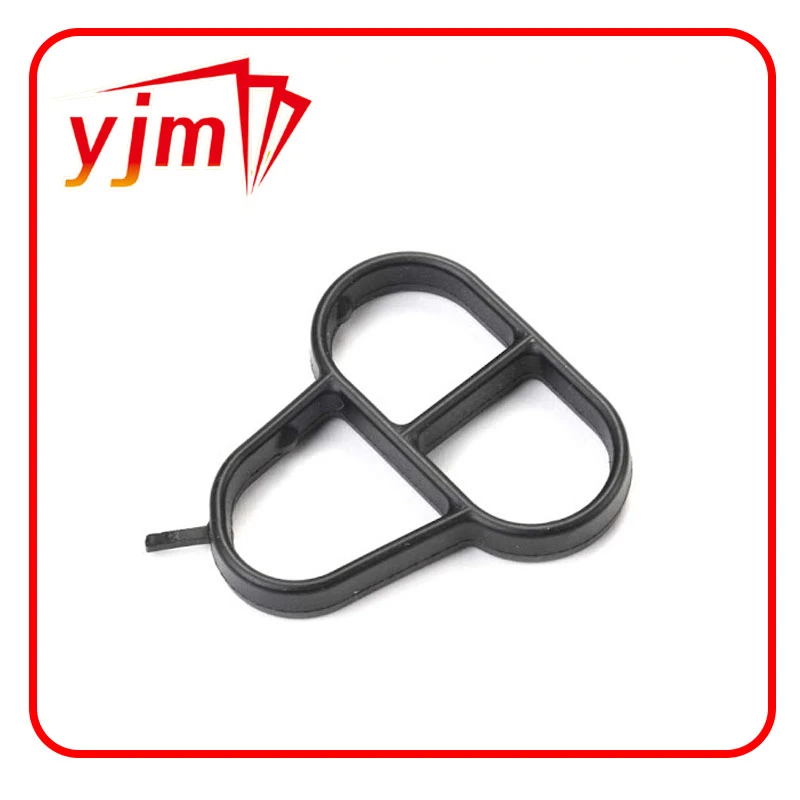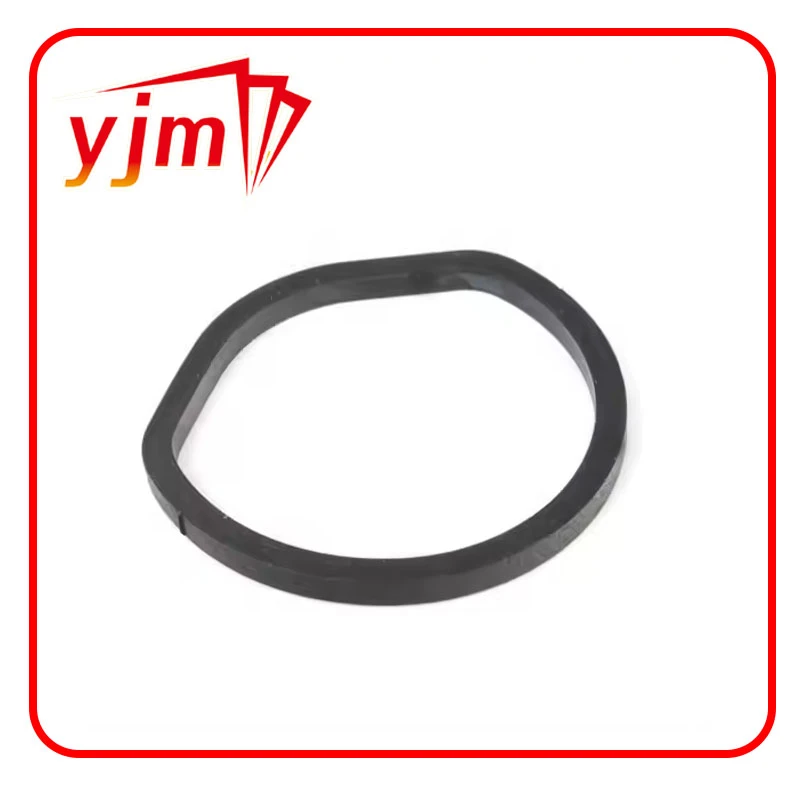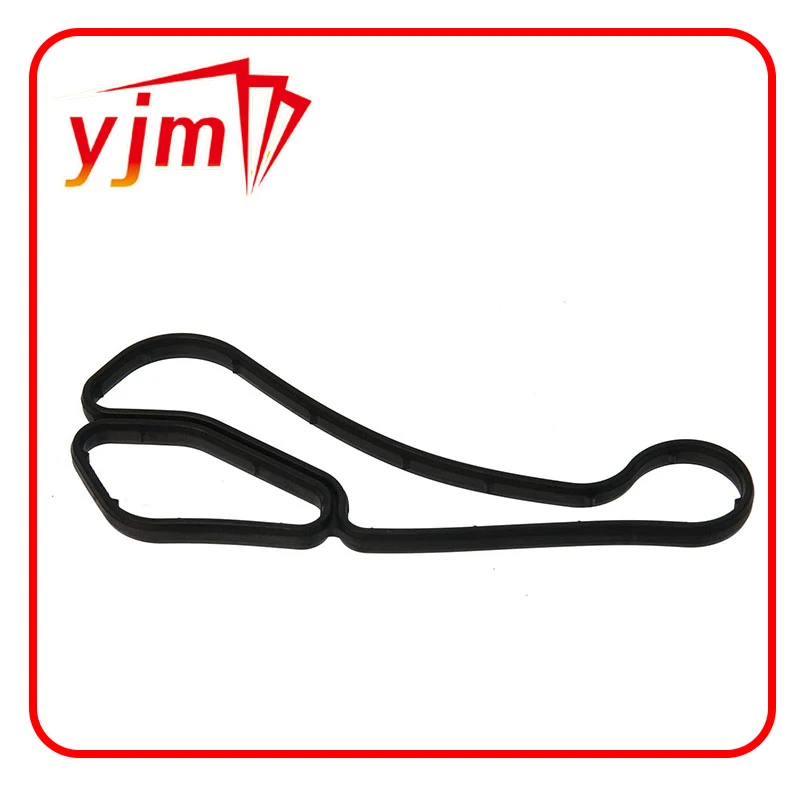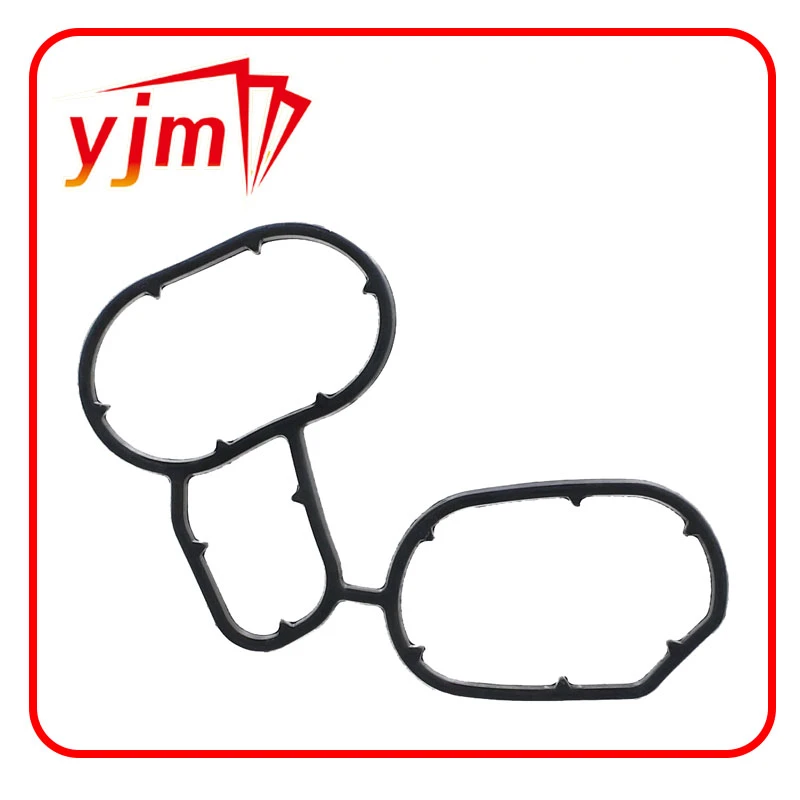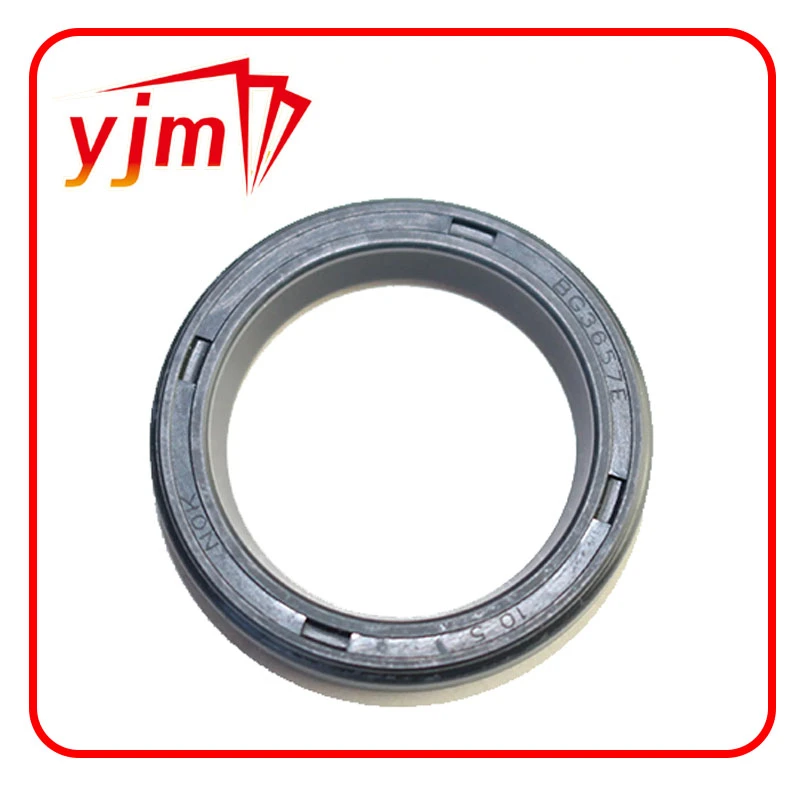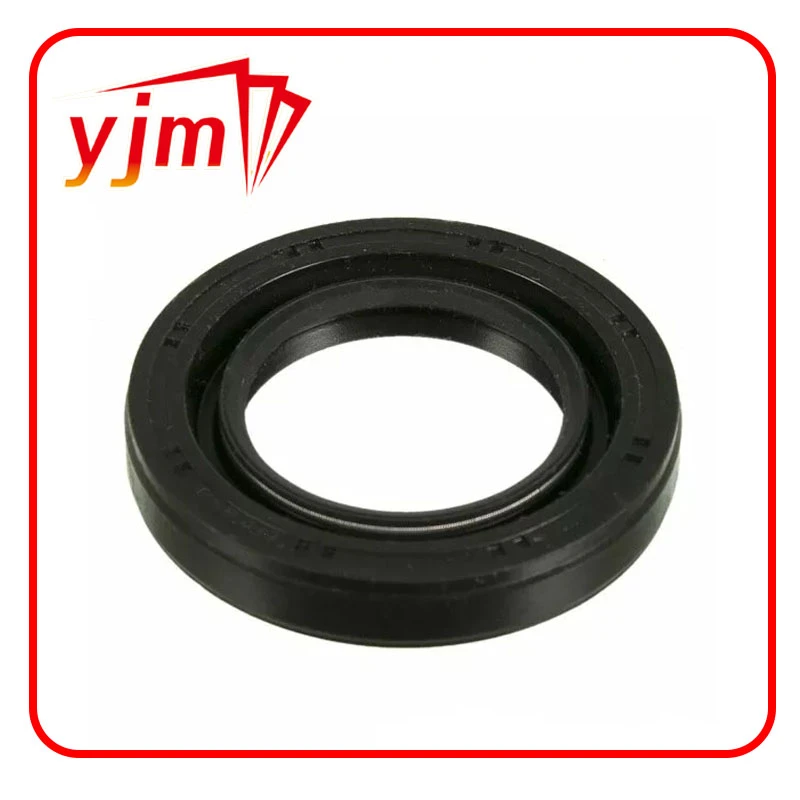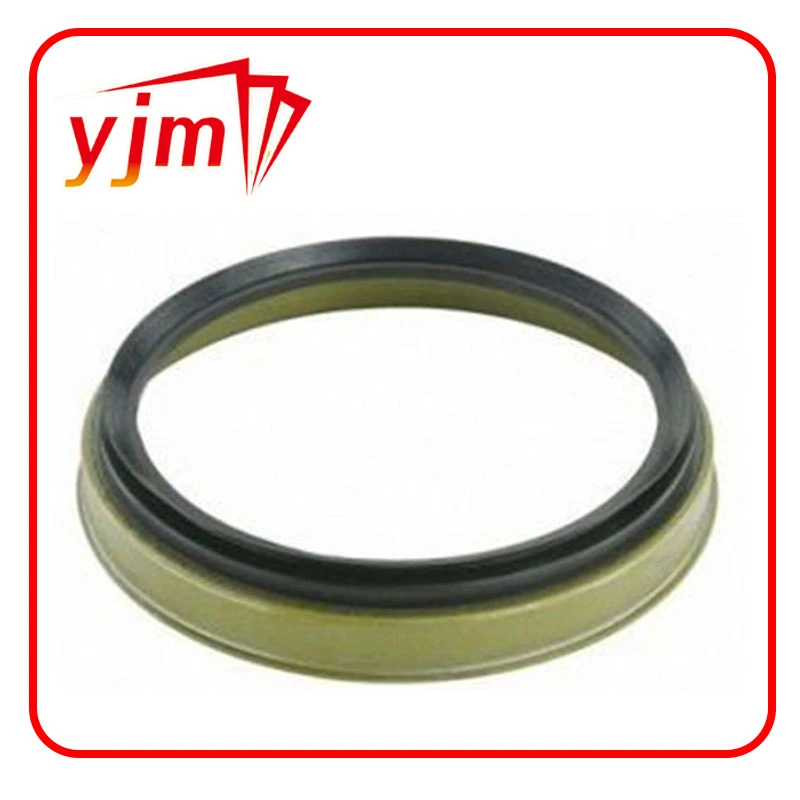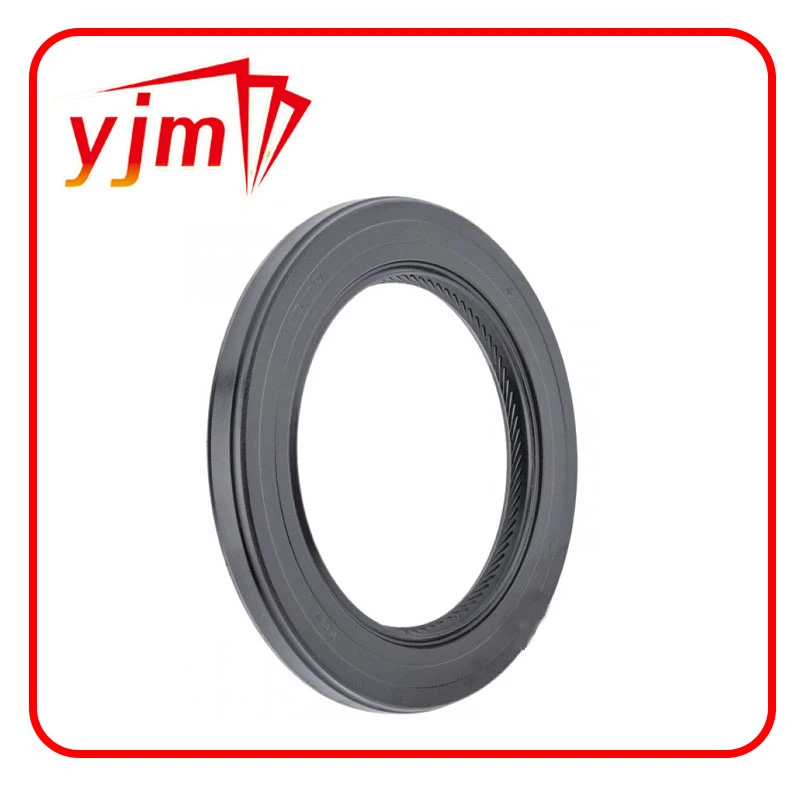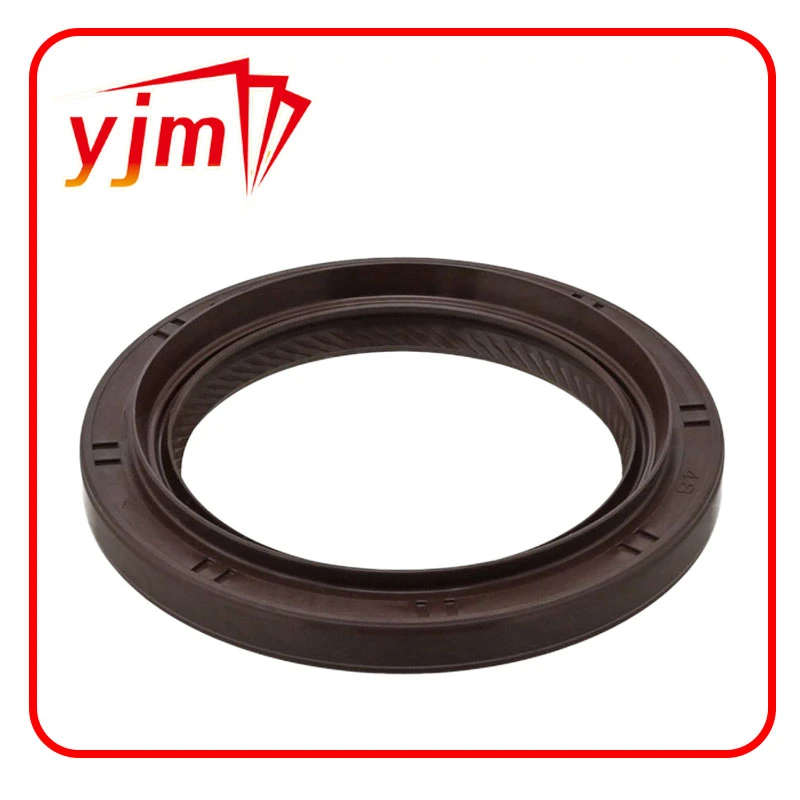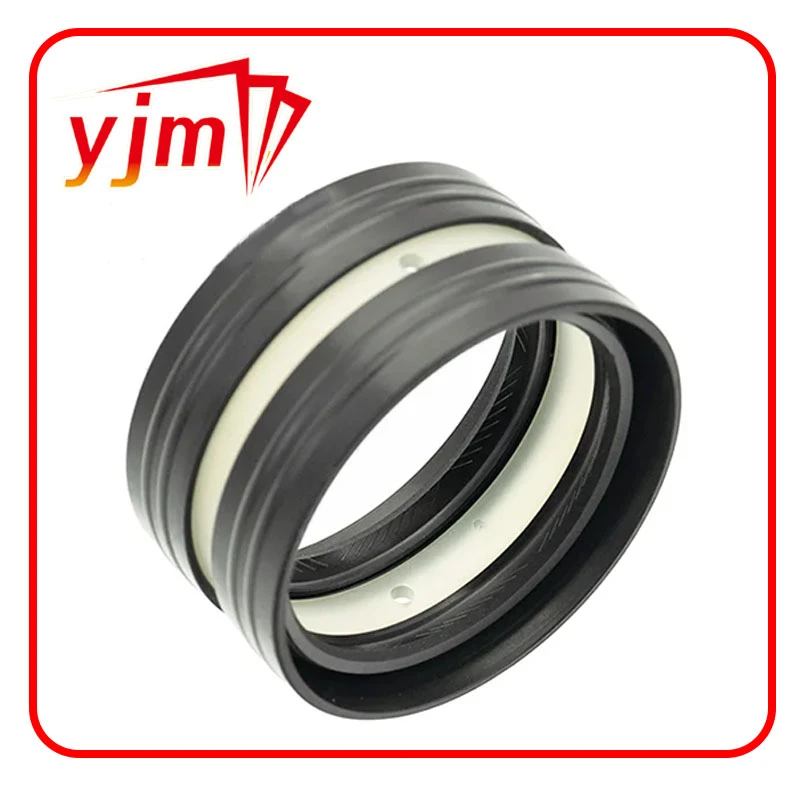Advanced Oil Sealing Solutions: Exploring Modern Seal Types and Applications
In today's industrial, automotive, and manufacturing environments, selecting the right oil seal is essential for achieving efficient operation and reducing wear on mechanical components. As equipment becomes more specialized and operates under harsher conditions, the need for advanced sealing solutions has grown significantly. This article highlights five important oil seal types — silicone oil seal, Simrit oil seal, single lip seal, SO Giant oil seal, and spring oil seal — that offer reliable performance across a wide range of industries.
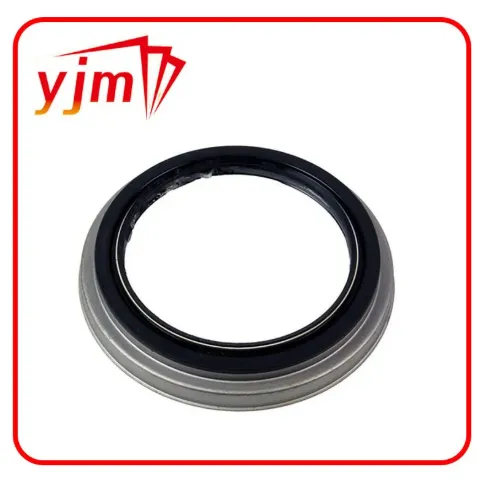
The Importance of Oil Seals in Mechanical Systems
Oil seals, also referred to as rotary shaft seals, prevent the leakage of lubricants and protect components from dust, dirt, moisture, and other external contaminants. They are essential in systems where shafts rotate or reciprocate, such as engines, gearboxes, pumps, and hydraulic systems.
The right oil seal ensures:
Proper lubrication and reduced friction
Protection of internal components from contaminants
Longer service life of machines
Stable system pressure and performance
Choosing the correct oil seal depends on several factors including material, seal design, operating temperature, speed, and environment. Let's take a closer look at some of the most widely used modern oil seals and their specific roles.
Silicone Oil Seal
The silicone oil seal is made from high-grade silicone rubber, offering excellent flexibility and performance over a wide temperature range. These seals are widely used in applications requiring:
High thermal stability (from -60°C to +200°C)
Resistance to ozone, weathering, and UV radiation
Non-reactivity with chemicals and lubricants
Typical uses of silicone oil seals include food processing equipment, medical devices, automotive engines, and aerospace systems. Thanks to their non-toxic and stable nature, silicone seals are ideal for both hygienic and extreme-temperature environments.
Simrit Oil Seal
Simrit oil seals are engineered by Freudenberg Sealing Technologies, a global leader in sealing innovation. Known for their precision, durability, and ability to handle demanding conditions, Simrit oil seals are commonly used in:
Industrial machinery
Agricultural equipment
Automotive transmissions and axles
Aerospace components
They are designed with advanced elastomer materials and high-performance lip configurations that ensure long-term sealing efficiency even under high pressure and dynamic movement. Simrit oil seals are particularly valued for their resistance to wear, aggressive media, and extreme operating conditions.
Understanding Seal Design: Functionality and Application Areas
Single Lip Seal
The single lip seal is a basic yet highly effective type of oil seal. It features one sealing lip that contacts the shaft, creating a barrier to retain lubricant and exclude contaminants. It is commonly used in applications with moderate pressure and clean environments.
Benefits of single lip seals include:
Low friction and minimal heat buildup
Cost-effective solution for standard sealing needs
Easy installation and maintenance
These seals are ideal for:
Electric motors
Pumps
Gear reducers
Light-duty automotive components
While single lip seals may not be suitable for highly contaminated or high-pressure environments, they offer excellent performance in general-purpose machinery and equipment.
SO Giant Oil Seal
The SO Giant oil seal refers to large-diameter oil seals designed for heavy industrial equipment and large rotating machinery. These are typically custom-made seals used in sectors such as:
Wind turbines
Marine propulsion systems
Steel mills
Mining machinery
SO Giant oil seals are often constructed with reinforced materials like metal casings and high-strength elastomers to handle large shaft diameters, high speeds, and extreme operational loads.
Key features of SO Giant oil seals:
Exceptional durability and sealing force
Engineered for large rotating shafts
Superior resistance to vibration and radial runout
Choosing the correct SO Giant oil seal ensures efficient performance and minimized downtime in high-value industrial systems.
Spring Oil Seal
The spring oil seal (also called a spring-loaded oil seal) incorporates a tensioning spring within the seal lip, providing constant radial pressure against the shaft. This ensures consistent contact and enhanced sealing, especially in dynamic or high-speed applications.
Key advantages of spring oil seals:
Improved sealing under varying shaft speeds and pressures
Excellent for high-speed rotating equipment
Long-term lip retention and wear resistance
These seals are often used in:
Engine crankshafts
Hydraulic pumps and motors
Compressors
Gearboxes and differentials
The inclusion of a spring in spring oil seals significantly increases the reliability and sealing performance, especially in systems exposed to thermal expansion, vibration, or shaft misalignment.
Choosing and Maintaining the Right Oil Seal
Selecting the correct oil seal involves evaluating several operating parameters, including:
Shaft diameter and housing dimensions
Speed of rotation
Operating temperature range
Pressure levels
Exposure to chemicals or abrasives
Each of the seals discussed in this article — from the high-temperature-resistant silicone oil seal to the robust SO Giant oil seal — is engineered to meet specific challenges.
Maintenance Tips for Long-Lasting Sealing Performance:
Routine inspections: Look for signs of oil leakage, wear, or hardening of the sealing lip.
Lubrication: Ensure the seal is compatible with the lubricant used, and apply lubrication during installation to prevent dry startup.
Proper installation: Use seal installation tools to avoid damaging the lip or spring, and ensure seals are aligned correctly with the shaft.
Environmental control: Protect seals from contamination during assembly and operation, especially in dusty or wet environments.
Common Reasons for Seal Failure:
Shaft surface damage or corrosion
Incorrect installation method or direction
Use of incompatible seal material
Excessive operating temperatures or speeds
Preventing these issues with regular maintenance and correct seal selection will improve system efficiency and reduce operational costs.
Oil seals are a vital part of nearly every mechanical system, ensuring proper lubrication and protecting sensitive internal components from harmful contaminants. Understanding the unique features and uses of modern seals like the silicone oil seal, Simrit oil seal, single lip seal, SO Giant oil seal, and spring oil seal can help professionals across industries make informed decisions.
By using the right oil seal for the application, whether in high-speed industrial gearboxes, automotive engines, or massive turbines, engineers can ensure reliability, efficiency, and long service life.
-
Seal 12x20x5: Precision Radial Shaft Seals for Industrial Reliability
Навіны Nov.24,2025
-
Seal 12x18x5: Essential Guide to Specifications, Applications & Vendors
Навіны Nov.24,2025
-
Understanding Seal 12 20 5: Applications, Specifications & Industry Insights
Навіны Nov.23,2025
-
Durable Oil Seal 85x110x12 – Reliable Sealing Solutions for Industry
Навіны Nov.23,2025
-
Durable and Precise Oil Seal 75x95x10 for Efficient Machinery | YJM Seal
Навіны Nov.22,2025
-
Durable Oil Seal 75x100x10 for Reliable Industrial Performance | YJM Seal
Навіны Nov.22,2025
-
High-Quality Oil Seal 65x90x10 | Durable & Reliable Sealing Solutions
Навіны Nov.22,2025
Катэгорыі тавараў

